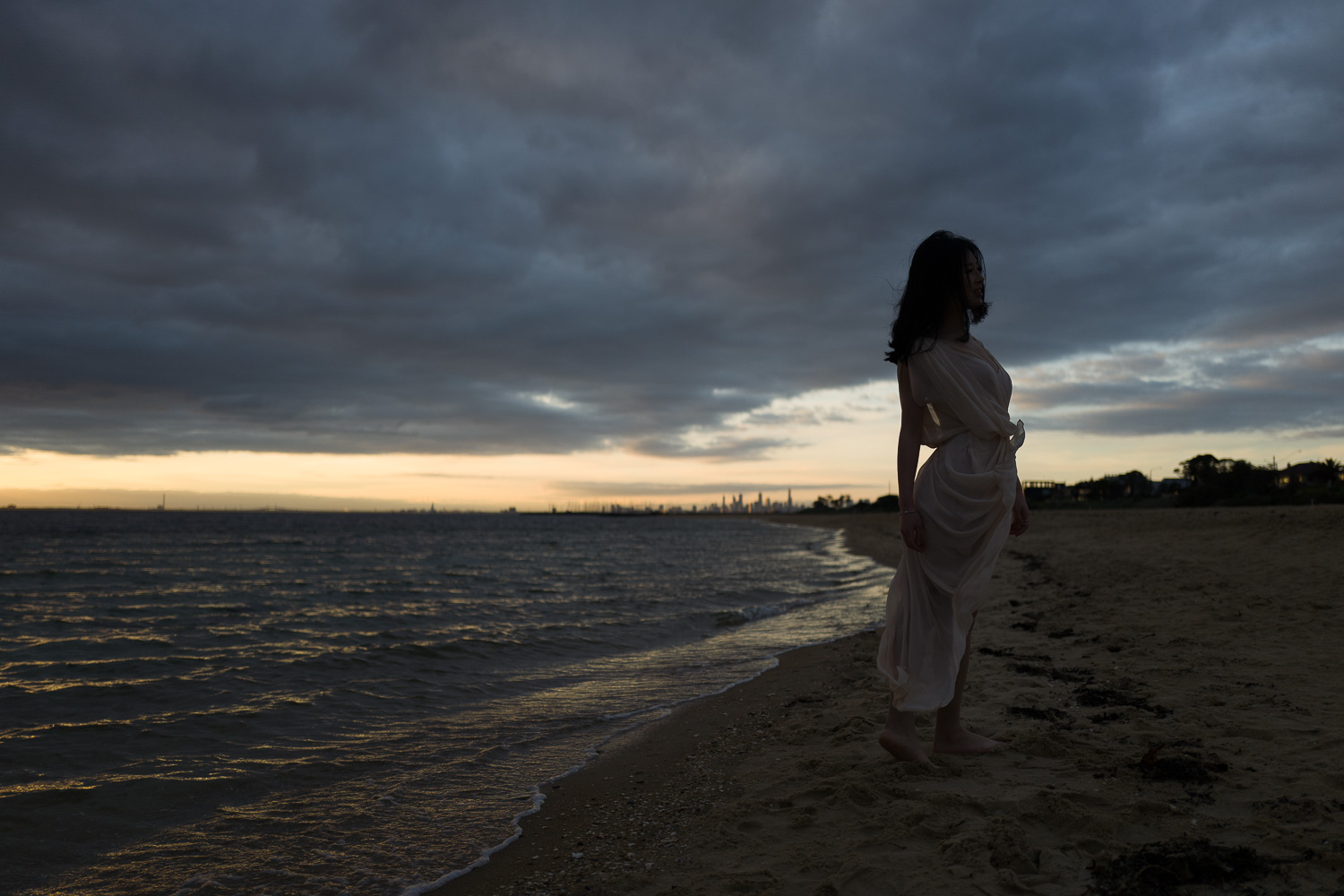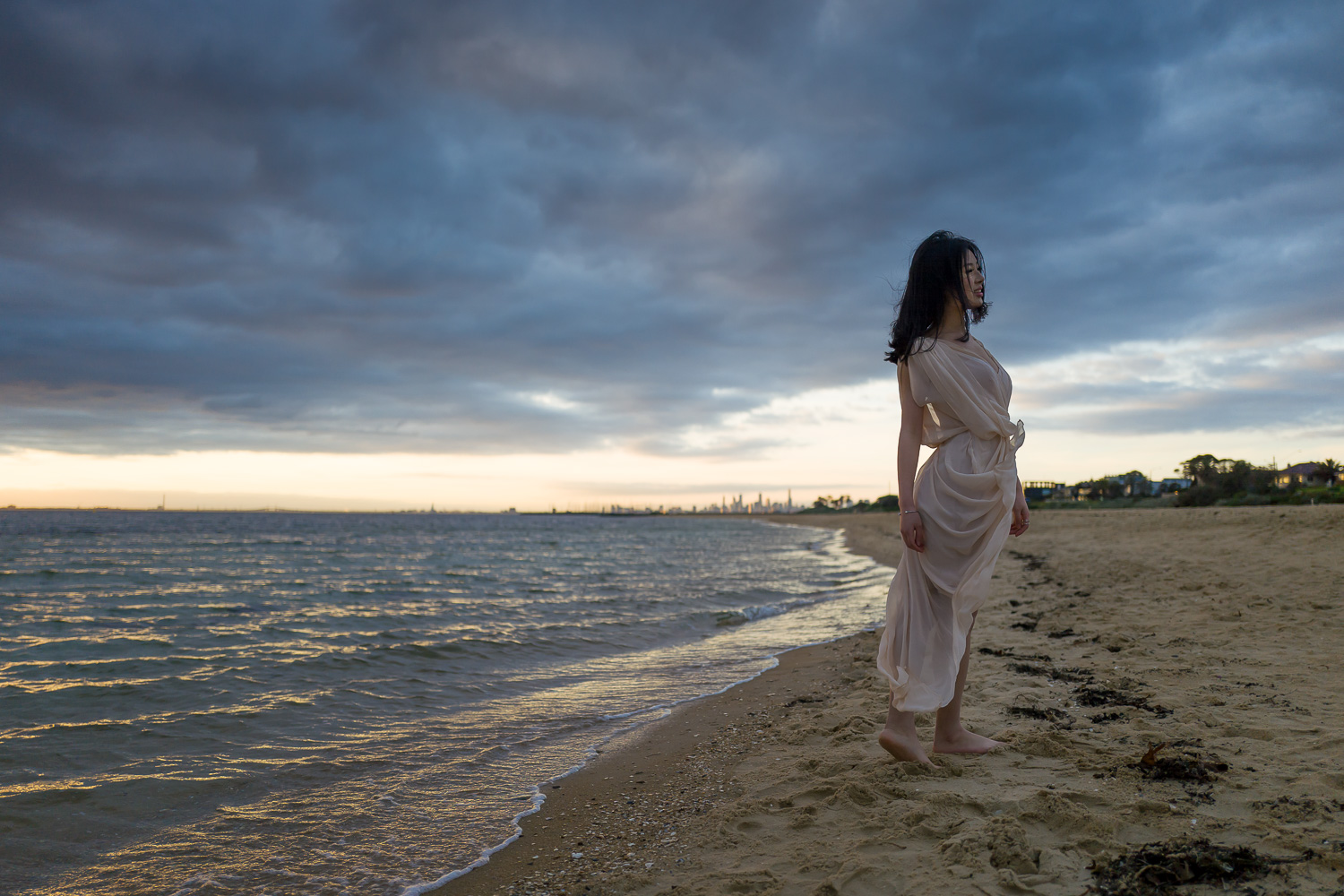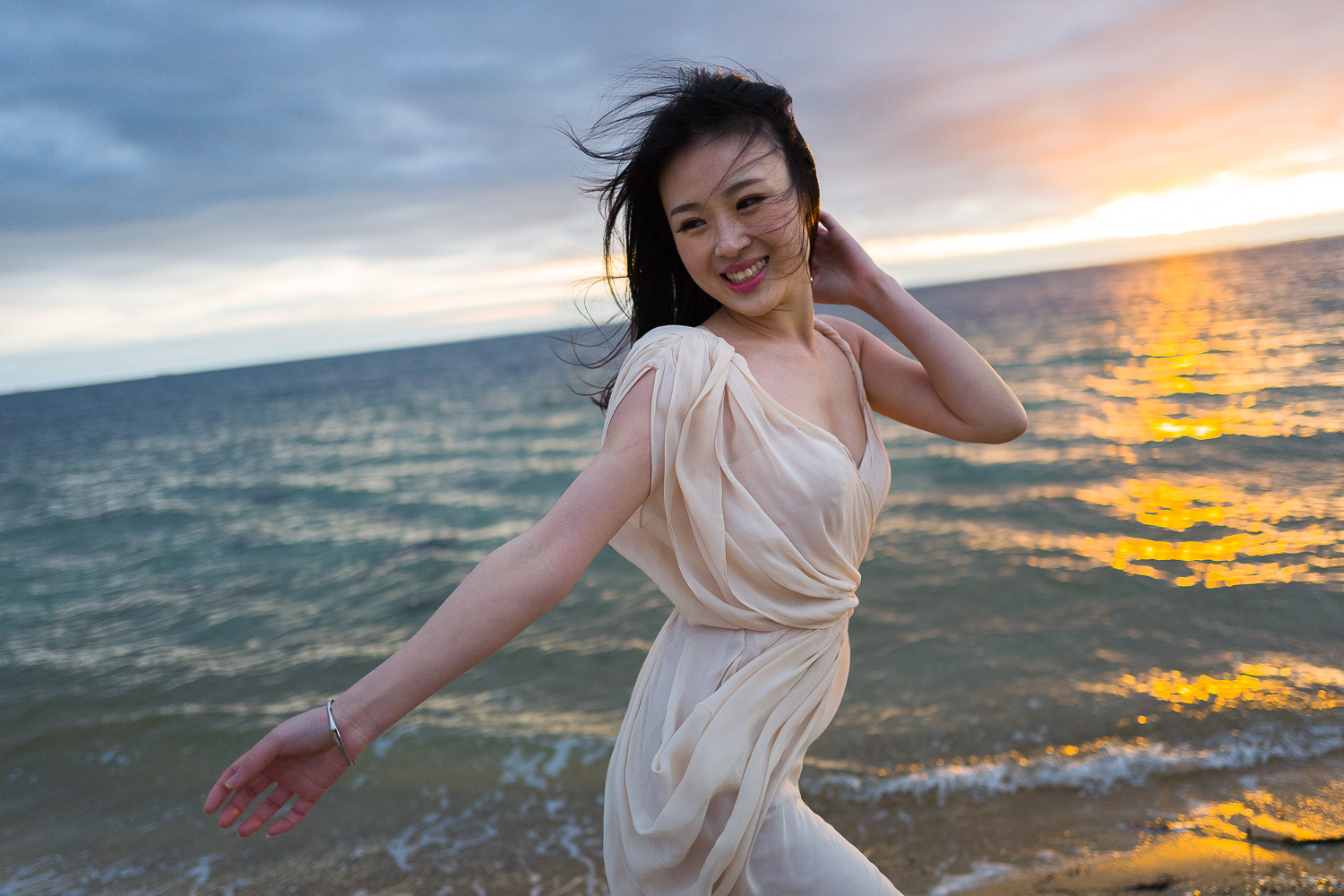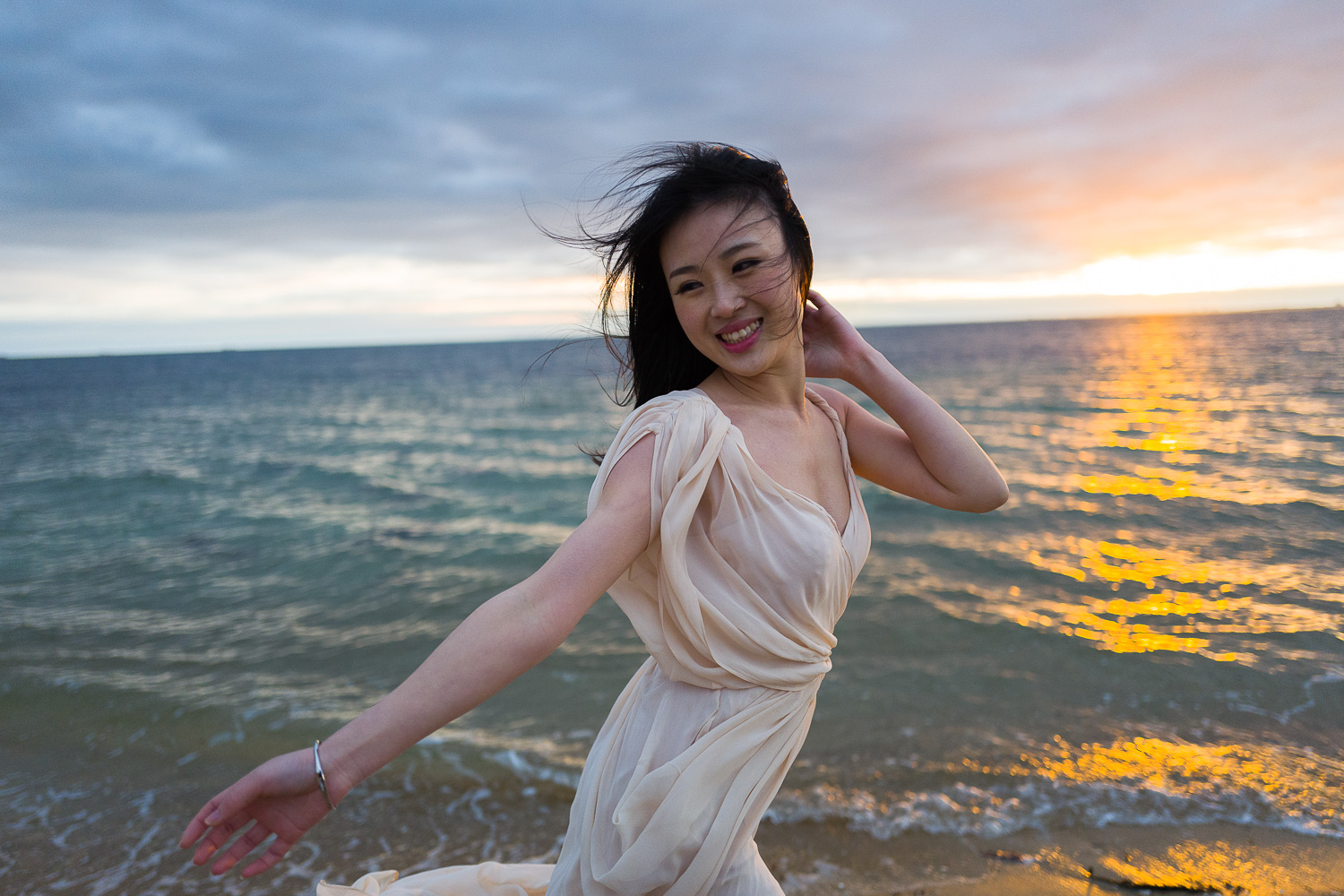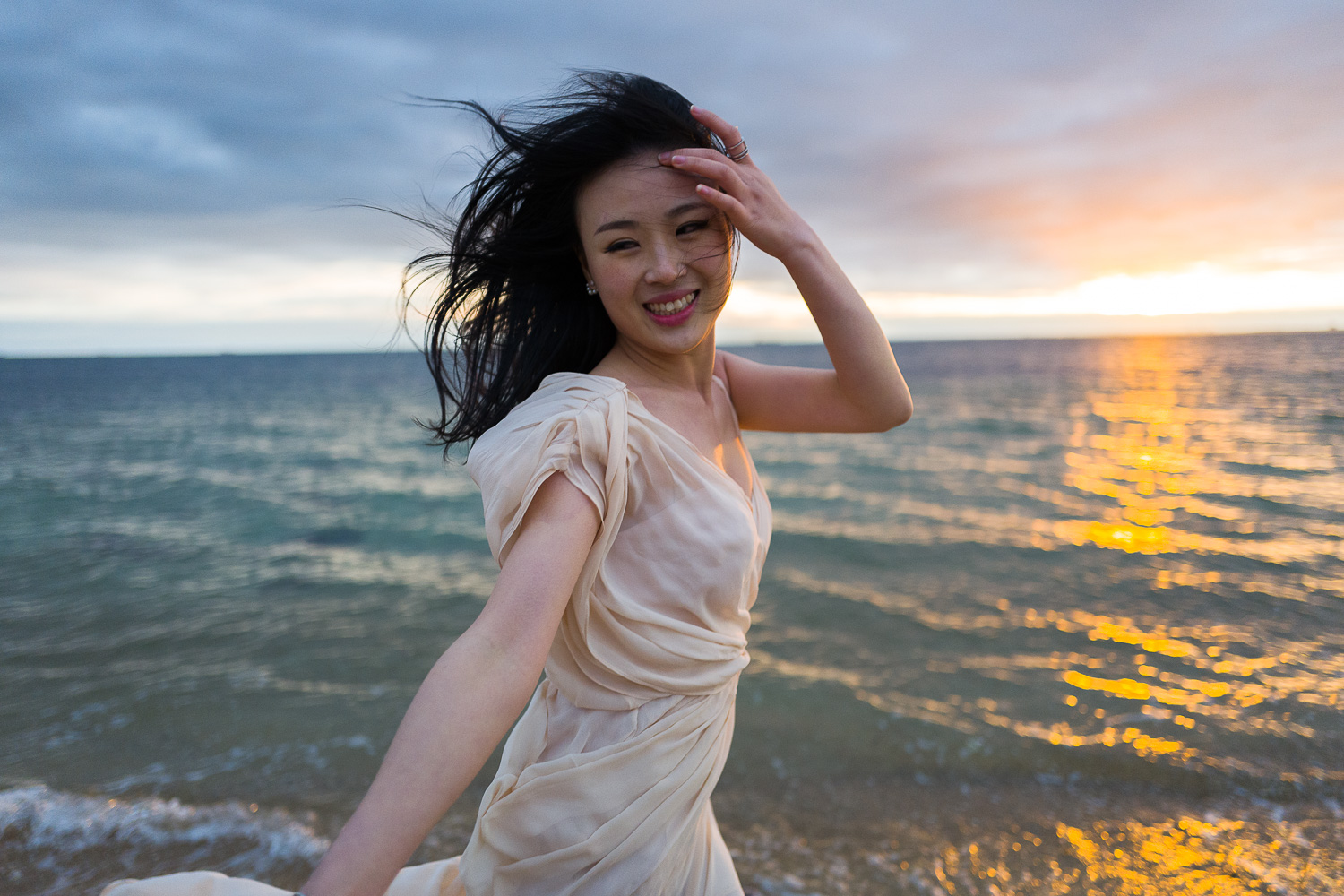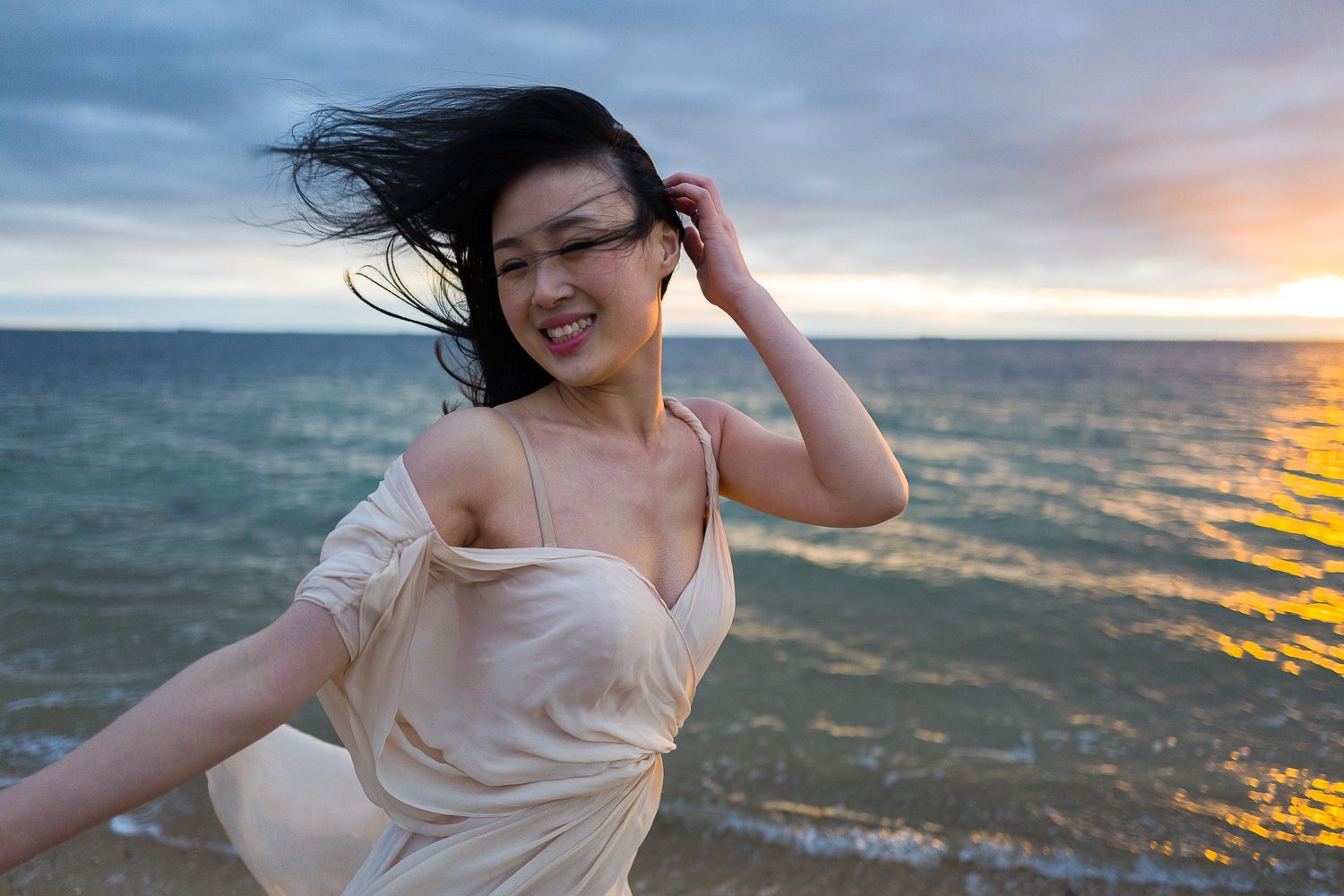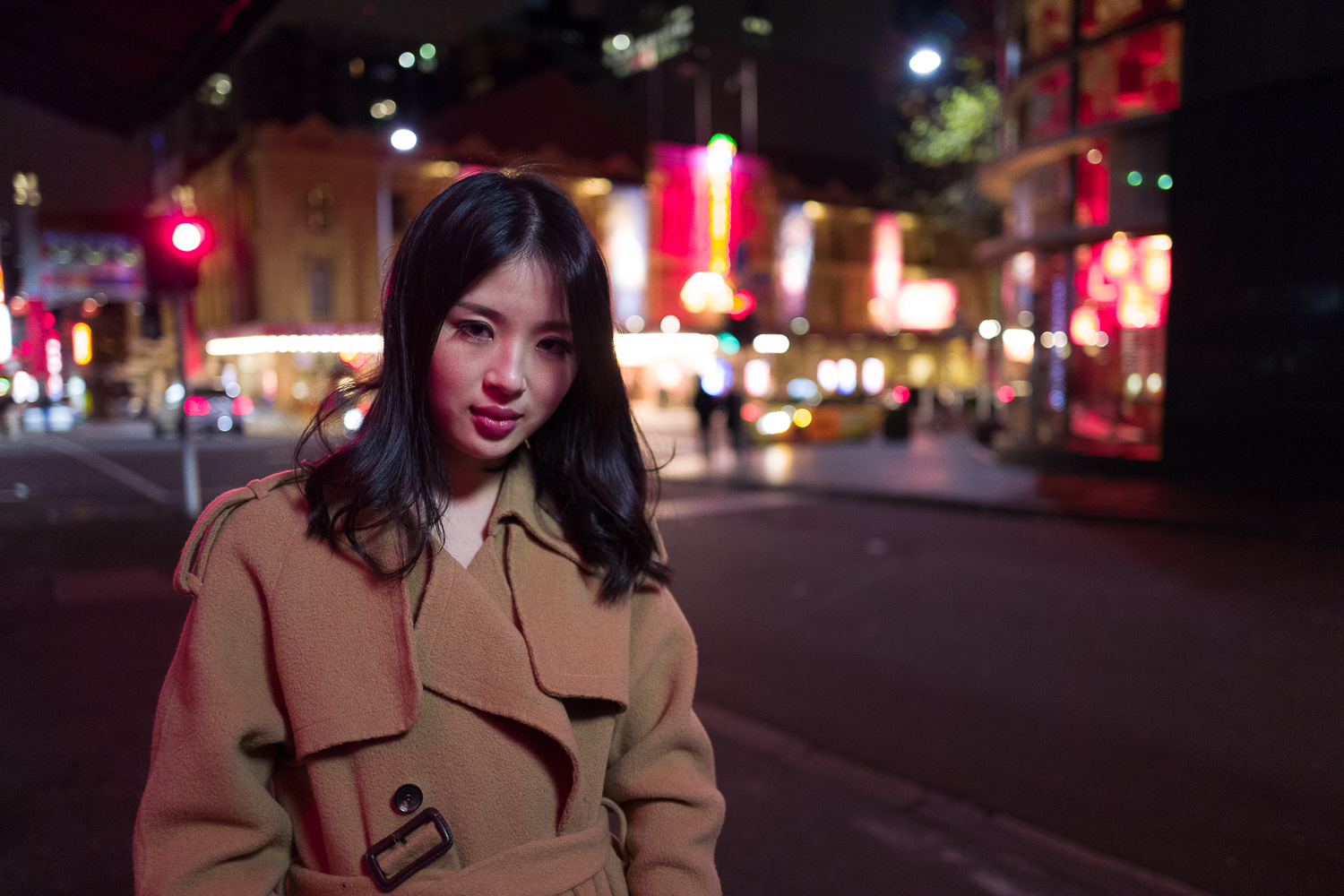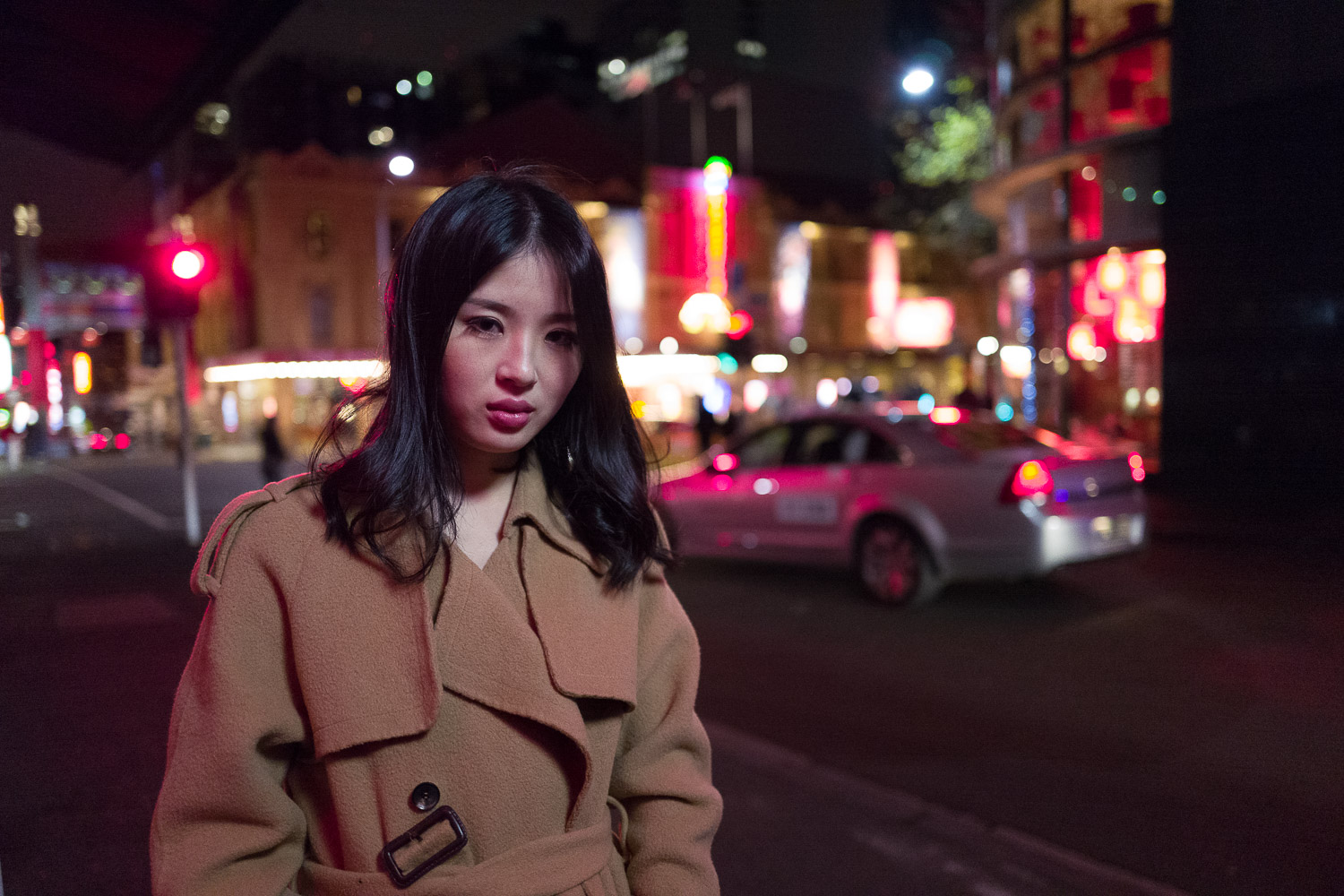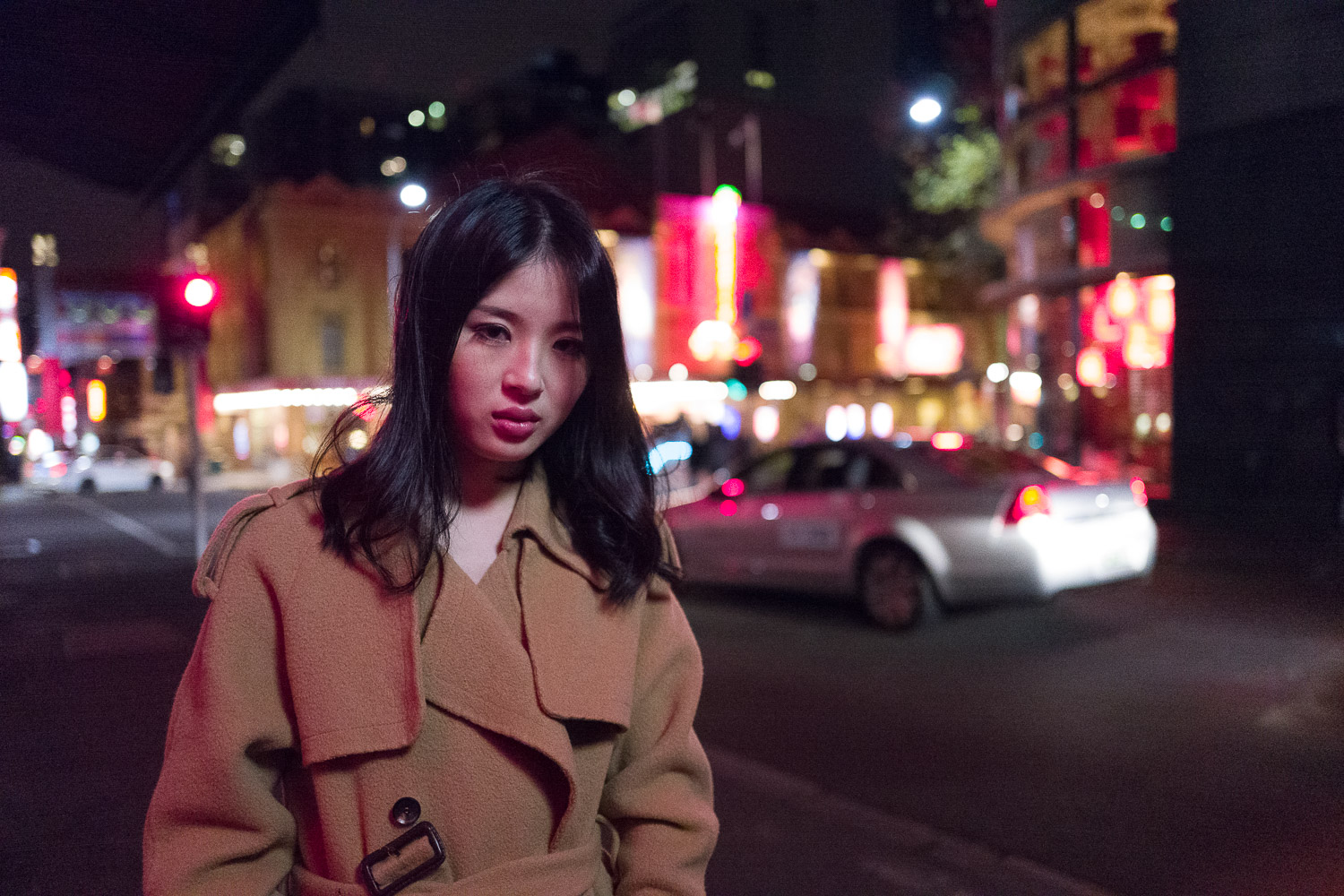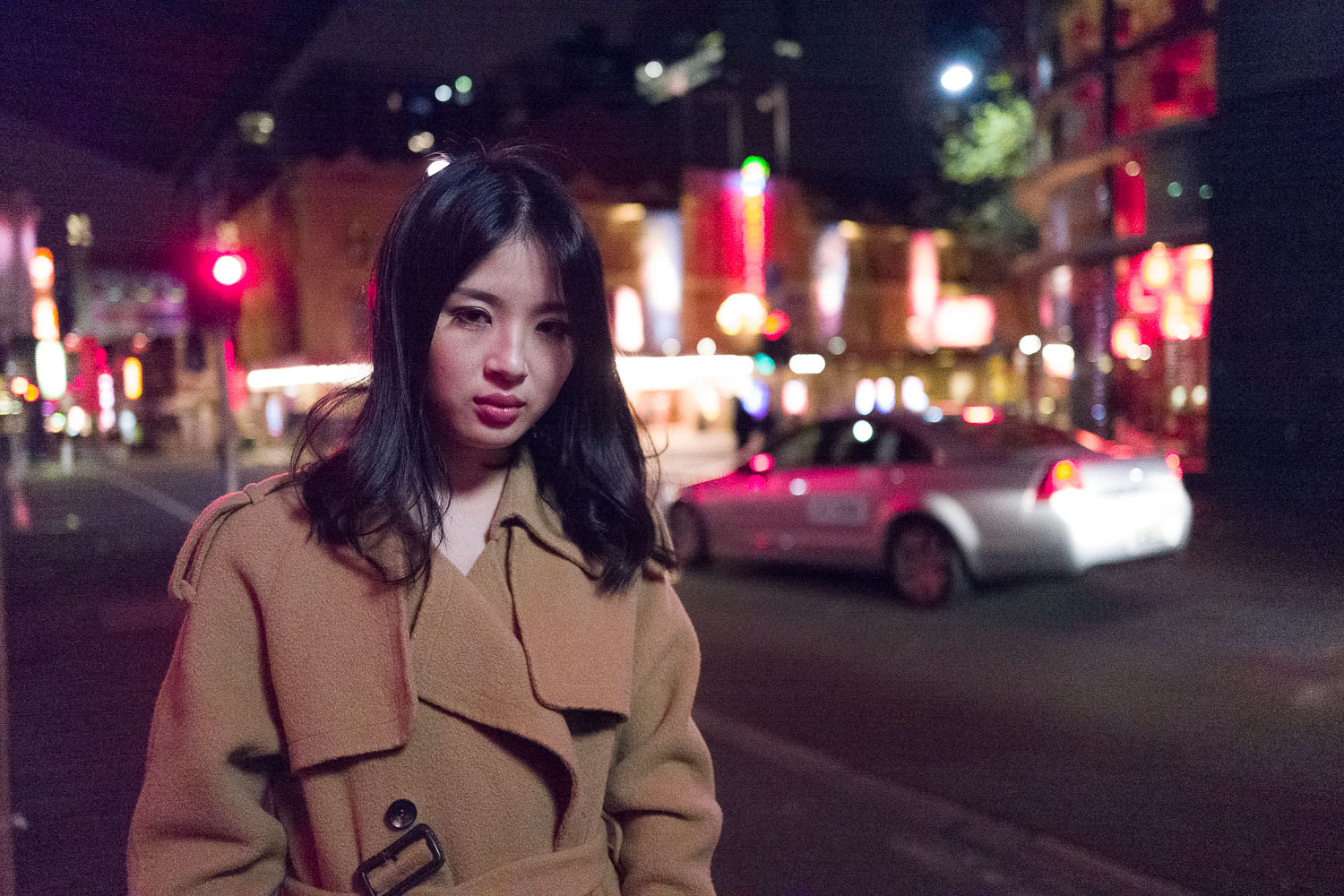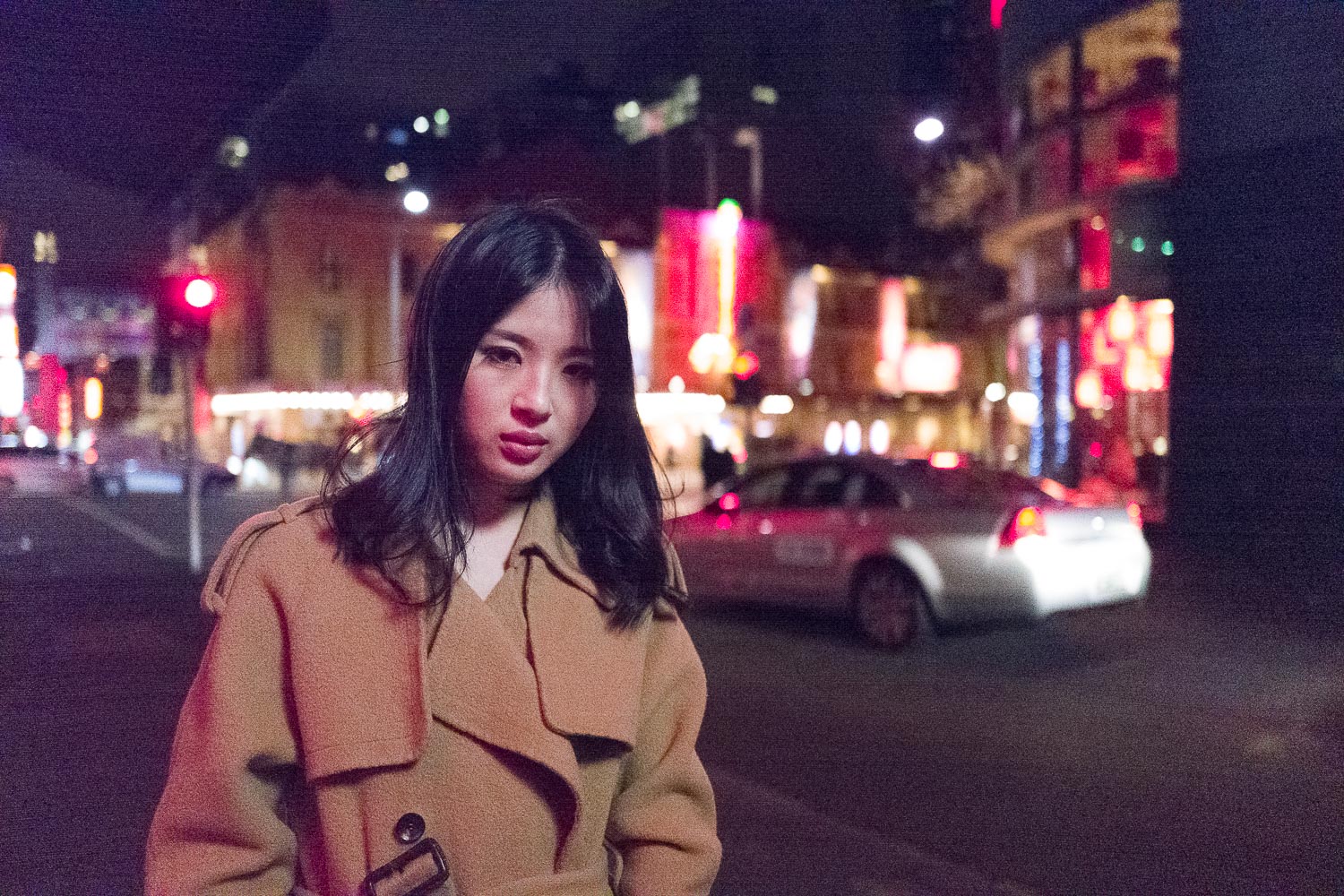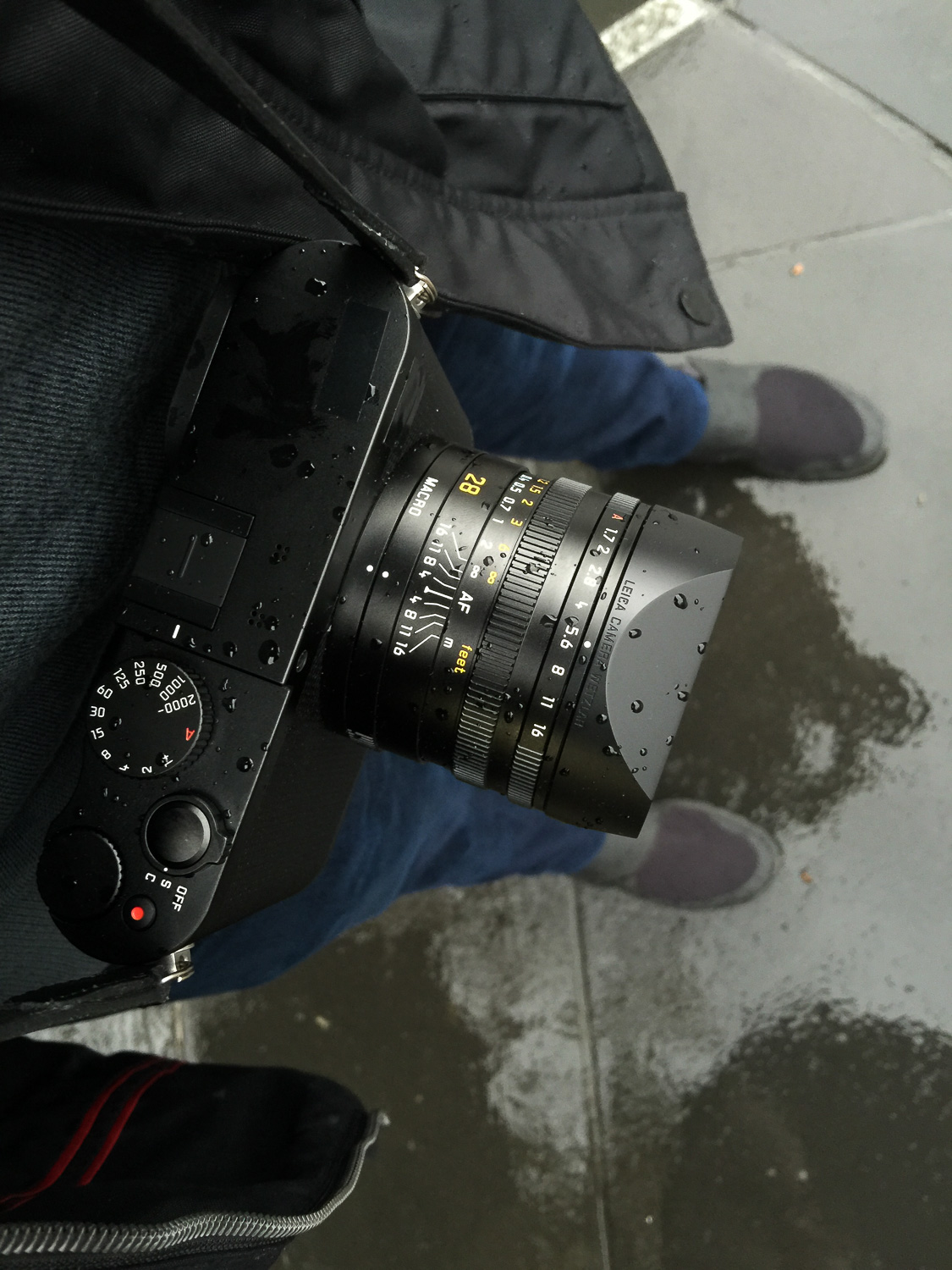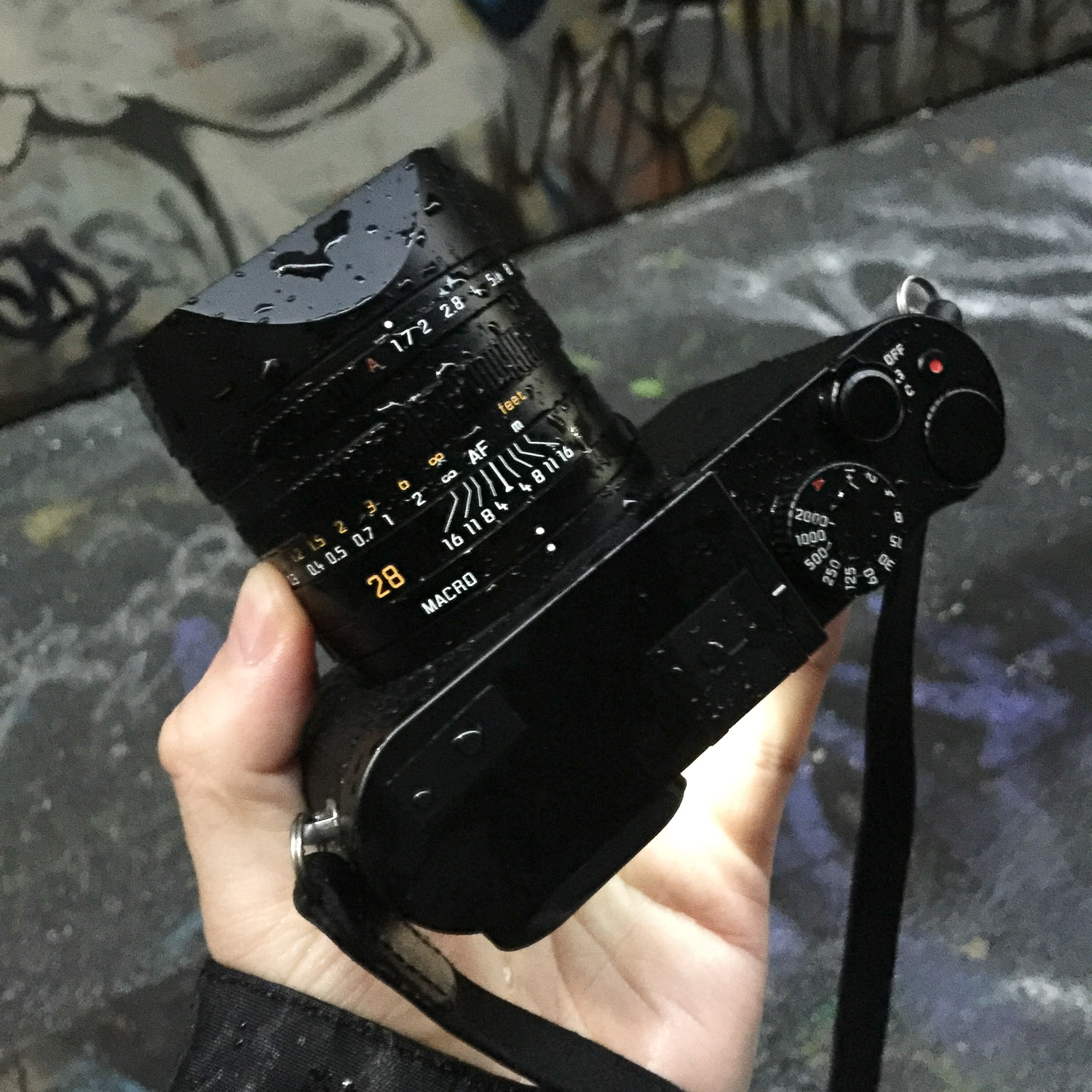.....if you missed part 1, click HERE
Image Quality
Colour and dynamic range
Colours from the Leica Q are very much in line with the Leica M240/MP240, and even the X and D-Lux series. It’s great to see Leica maintaining continuity within their product lineup which is more than I can say for a lot of other manufacturers that feel the need to experiment with new products, resulting in inconsistent product lines. I love the way the Q renders it’s tonal range and after shooting at the beach I wondered how could I live with only a Monochrom (something I have been considering lately). Auto white balance worked really well in daylight, shade, overcast, but did struggle a little indoor or outside under tungsten or mixed lighting with tungsten. Hopefully this will be improved in a firmware update.
The Q has a tendency to render skin tones a little on the orange side, just like the M, which I then reduce the orange channel to bring back that look that we all adored in the Leica M9 days. Many believe this has to do with the sensor which is not true. It has to do with the way the image is processed and Leica's choice in colour palette. I guess once Leica decided to go with the M's colour signature, they thought it was best to stick with it, but I'd like to see this improved in future generations of M and Q cameras.
1/640sec at f/1.7, ISO 100
Shooting against bright light sources, even wide open at f/1.7 provides no challenge to the Summilux 28/1.7 ASPH lens. It soldiers on right through the pain and barely blinks! Even where exposure is blowing out behind the face, you can still see all the detail and no flare or internal reflections present - simply outstanding for such a lens.
1/1000sec at f/1.7, ISO 200
1/250sec at f/1.7, ISO 200
1/1000sec at f/1.7, ISO 200
Dynamic range seems to be on par with the Leica M240, which is a very good thing. It maintains highlights well, and recovers shadow detail easily in Lightroom. I didn't do extensive testing in this area but from what I shot I was more than happy with the dynamic range, which works harmoniously well with the tonal range that the Q is achieving.
In the Field
Auto Focus
In the field the camera works extremely fast, much faster than any of the current X or T series cameras, and will give many competitors a run for their money. The camera is ready to go within less than a second after turning on the camera, though I felt at times that the on/off/s/c switch was a little too easy to knock/turn and found myself in continuous shooting mode more than I'd like, firing off up to 10 frames within a second - and this can become frustrating. The new Meastro II sensor also allows up to 10 fps shooting, but the buffer runs out after 12 frames and allows a single shots thereafter about every 2 seconds until the buffer resets, somewhere around 30 seconds later. So for those who are trigger happy, you're going to need some patience when shooting this camera in continuous mode.I shot quite a few series of shots at 5fps, and every shot using continuous focus at f/1.7 was in perfect focus. Coming from being an avid SLR shooter for my fast paced work from sports to runway, I've always been skeptical of compact cameras, but the Q nailed almost all sequences I shot. Needless to say I've never felt this comfortable with autofocus on a non-SLR camera.
There are a variety of modes for focusing, which are typically found on compact cameras (including touch LCD focus/shoot), but I stuck to single point for this entire review, and moved the focus point using the joystick and rarely had focus inaccuracies. Previously I encountered some focus issues with the Leica T and X cameras in the early production stages but this camera has been the most reliable so far so it's a great indication that Leica are improving in this area.
1/100sec at f/1.7, ISO 800
1/1000sec at f/1.,7, ISO 200
Manual Focus
Manually focusing the Q is very similar to focusing the M. All you need to do is press on the lock/unlock button on the lens focus lever and turn the focus ring. The feeling of the focus is positive and firm, very similar to a new M lens. Through the EVF or LCD, you will see the focus shifting as you move the focus ring, similar in the way it's done with most cameras. There are also auxiliary focusing assist options like focus peaking and MF assist, which help in achieving accurate focus, but considering my preferred use of MF with rangefinder cameras, I stuck to using the ever-reliable and super fast auto focus.
Low Light and High ISO
The one area where Leica really needed to up their game in recent years in with their capabilities in low light performance. The Leica M240 was a nice step in that direction and I'm happy to report that the Q has taken another good step forward. The low light abilities of modern cameras has enabled photographers to shoot where and when no man has previously shot before. Even with additional lightning, it's not always possible for a camera to achieve good results in such poor conditions in low light, especially when light sources are at a great distance to your subject - which is usually the case on the street or in travel scenarios. Well I am happy to report that the Q is now the low light king in Leica Land, and hopefully a sign of better things to come in 2015/2016. Here are a few samples.
1/250sec at f/1.7, ISO 3200 - noise reduction added in Lightroom
1/250sec at f/1.7, ISO 6400 - noise reduction added in Lightroom
1/60sec at f/1.7, ISO 1600 - noise reduction added in Lightroom
1/60sec at f/1.7, ISO 1600 - noise reduction added in Lightroom
1/60sec at f/1.7, ISO 6400 - noise reduction added in Lightroom
1/60sec at f/1.7, ISO 1600 - noise reduction added in Lightroom
As you can see, ISO 6400 was kind of my comfort zone limit. From ISO 12,800, the colour starts to deteriorate, similar to ISO 3200 on the M240, so it's probably safe to say the Q is about up to 2 stops better in low light. Below are some images I took comparing the ISO's from 3200 to 50,000. Without pixel peeping you can get a pretty clear idea of what's happening. There are straight out of camera, shot in manual with auto white balance.
The Leica Q also happened to work very well in pretty heavy rainfall, proving it is somewhat resident to weather, but don't quote me on this. In my experience it did very very well.






